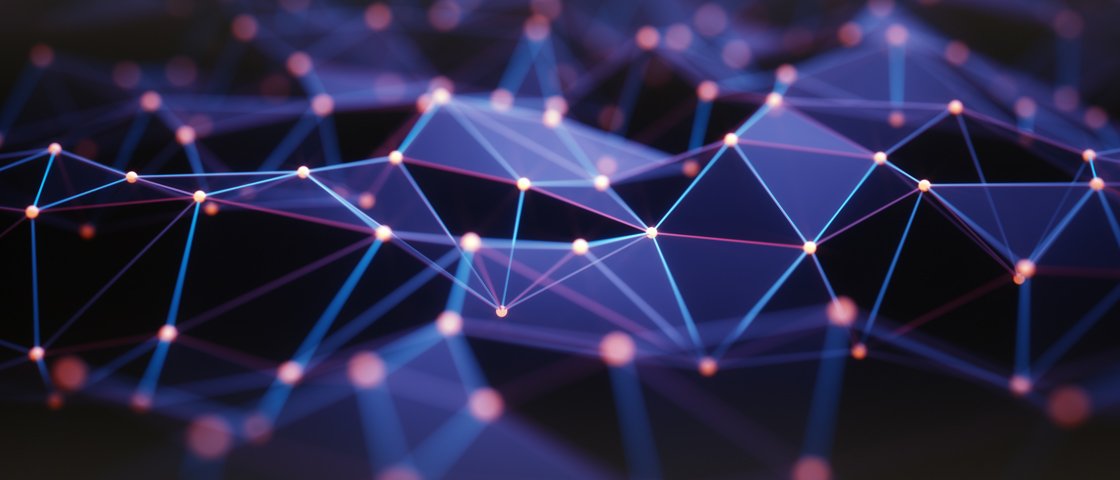
Cognitive Neuroscience Laboratory
Our neuroscience laboratories contain specialist brain imaging and stimulation equipment, IT, and software. Off-site we have a magnetic resonance imaging (MRI) facility which is a shared resource through the Combined Universities Brain Imaging Centre (CUBIC). The Cognitive Neuroscince Labs have been awarded the Silver Award for Sustainability from LEAF (see here for internal link)
Experiments
Experiments undertaken in these labs can use purely behavioural experiments, cognitive modelling, psychophysics, or combinations of cognitive neuroscience (brain imaging, brain stimulation, neurophysiology) techniques. Using these techniques we study brain function and structure and how it supports behaviour throughout the life span. We also use a range of intervention techniques to investigate how the brain adapts to change and how we can improve and enhance functioning in health and diseases.
For more detailed information, please see the School of Psychology's Neuroscience Laboratories page (access for University of Surrey staff only), or the Brain and Behaviour Wiki (open to all).
Access the laboratories
If you want to participate in our research, or for discussion about collaboration and the use of our laboratories, training, technical support, or costs of research please fill in our contact form so we can respond to your enquiry appropriately.
University of Surrey School of Psychology staff and students
Details on how to access the laboratories and get the training required can be found on the School of Psychology Hub, particularly the Cognitive Neuroscience Laboratories page, and the Brain and Behaviour Wiki.
Brain imaging
- Electroencephalography (EEG):
- EEG monitors the brain’s electrical activity using small electrodes placed in a swimcap-like device. Data is recorded whilst participants perform a task, or in some cases when the participants are at rest or asleep.
- We have three wired Brain Products setups that allow use with MRI, TMS and tES, with up to 128 gel or saline based electrodes.
- We can also measure physiological signals (EOG, EMG, ECG, GSR, temperature, pulse, acceleration), and track other stimuli such as light or sound.
- There are five mobile Neuroelectrics (32 channel neurostimulator-EEG devices) and mBrainTrain setups and the School of Psychology has other mobile EEG setups with BIOPAC Mobita and more Neuroelectrics.
- Magnetic resonance imaging (MRI):
- MRI uses magnetic fields to allow investigation of brain structure, brain function, blood flow and chemical composition. This can be used to research how the brain performs certain functions, what structural or metabolic changes are apparent over time or between individuals, and any differences within clinical populations.
- As part of CUBIC we have access to a 3T Siemens Trio MRI Scanner with 32 channel head array, 12 channel head array coil, and CP head coils. We also have a Dummy scanner.
- Functional Near infrared spectroscopy (fNIRS):
- fNIRS uses infra-red light to measure changes in oxygen levels in the blood (related to neural activity) in the brain.
- We have an Artinis wearable 24 channel fNIRS.
Brain stimulation
- Transcranial electrical stimulation (tES):
- tES uses a weak electrical current to modulate activity of a brain area. These currents are given by electrodes attached to the head, and can be done before or during a task with changes in behaviour or brain activity (see “brain imaging” above) observed.
- We have three DC Stimulator Plus, (with setups that allow use in MRI setting) and three Neuroelectrics 32 channel neurostimulator-EEG devices.
- Transcranial magnetic stimulation (TMS):
- TMS uses a magnetic field to stimulate a small area of the brain. We can use it to investigate how areas in the brain are involved in a task by observing small changes in behaviour or brain activity (see “brain imaging” above) after stimulation.
- We have two Magstim Rapid2 Stimulators with EMG interface, a variety of TMS coils (D70, D702,D50 Alpha B.I.), and two BrainSight Neuronavigation systems.
Other equipment
- High-performance computing cluster, PCs, laptops and screens for stimulus delivery, data acquisition and analysis.






